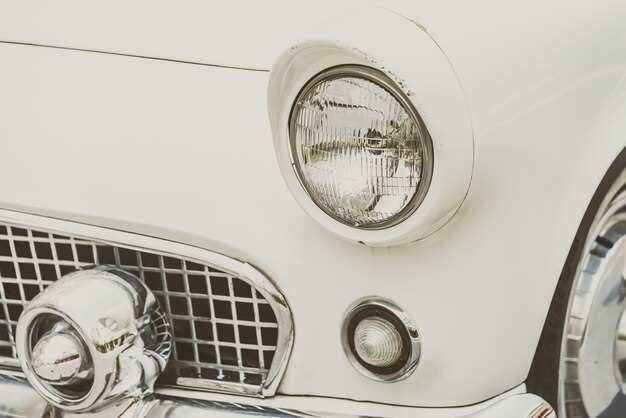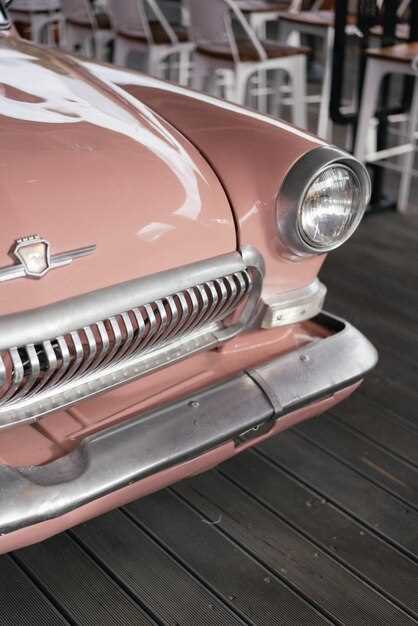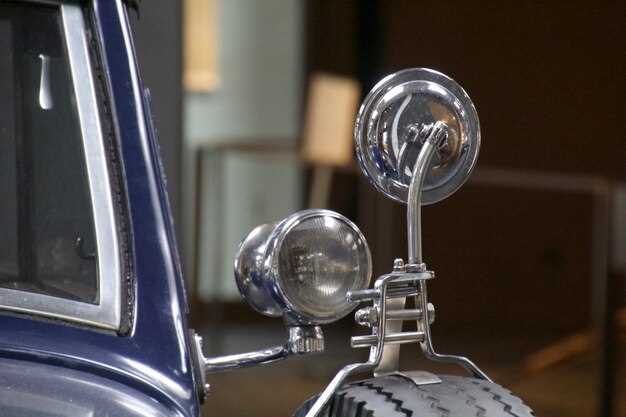
Capturing the essence of vintage vehicles requires more than just a good camera; it demands a keen understanding of angles and perspectives that can enhance their unique characteristics. The right presentation can transform a simple photo into a captivating masterpiece, showcasing the intricate details and timeless charm of classic automobiles. Knowing which angles to employ is crucial for photographers and enthusiasts alike.
In this article, we will explore the best angles to take when photographing vintage vehicles. From low ground shots that emphasize the car’s silhouette to close-ups that highlight specific features, each approach brings a different element to the forefront. By utilizing these techniques, you will not only elevate your photography skills but also deepen your appreciation for the artistry that these vehicles represent.
Moreover, capturing vintage vehicles from various angles provides a better narrative about their history and design. An effective composition not only tells a story but also invites the viewer to appreciate the craftsmanship involved in creating these automotive legends. Join us as we delve into the world of vintage vehicle photography and discover how to achieve stunning results that resonate with nostalgia and admiration.
Choosing the Right Angle for Front Shots

When capturing vintage vehicles, the front angle plays a crucial role in the overall presentation. To highlight the unique features of these classic cars, it’s essential to choose an angle that emphasizes their design and character. A straight-on shot often works best as it showcases the symmetry and intricacies of the front grille, headlights, and body lines, creating a balanced composition.
Another effective approach is to utilize a slight tilt or perspective by positioning the camera a bit higher or lower than the vehicle’s front. This creates depth and can enhance the visual impact, making the vintage car appear more dynamic. Experimenting with different angles can also help convey the car’s era and style, giving viewers a greater appreciation for its history and craftsmanship.
Additionally, considering the background and surrounding environment is vital when framing front shots. A clean and unobtrusive backdrop will draw focus to the vehicle, while elements that complement its aesthetics, such as vintage buildings or scenic landscapes, can enhance the overall appeal of the photograph. Lighting conditions are equally important; soft, diffused light during golden hour can create an enchanting glow, bringing out the car’s details beautifully.
Ultimately, selecting the right angle for front shots involves a blend of creativity and technical understanding. By thoughtfully considering angles and their effect on presentation, photographers can capture vintage vehicles in a way that honors their beauty and timelessness.
Utilizing Side Profiles for Classic Lines
When photographing vintage vehicles, capturing their classic lines from side profiles is essential for showcasing their unique elegance and design. This angle provides an unobstructed view of the vehicle’s silhouette, allowing the viewer to appreciate the curves, contours, and overall proportions that define its character. The presentation of side profiles can enhance the aesthetic appeal of classic cars, revealing details that might be overlooked in other perspectives.
Positioning yourself at the correct distance can significantly influence the result. Ensure that you are parallel to the vehicle to avoid distortion and to emphasize the smooth lines. Using a low angle can also contribute to a more dramatic shot, accentuating the vehicle’s stance and architectural features. Strong shadows play a vital role; they can enhance the three-dimensionality of the vehicle, highlighting its form and giving depth to your presentation.
A clean background is crucial when utilizing side profiles. A cluttered environment can distract from the vehicle’s elegant lines, so look for open spaces or natural features that complement, rather than compete with, the classic design. The right lighting conditions, such as the soft glow of golden hour, can further enhance the striking qualities of the side profile, bringing out the textures of the paint and chrome.
Experimenting with different angles will allow you to discover the perfect balance between the vehicle and its surroundings. Each classic vehicle has its own unique identity, and utilizing side profiles effectively can tell a story about its heritage and craftsmanship. By focusing on these aspects, you create compelling images that celebrate the timeless beauty of vintage automobiles.
Capturing Details with Close-Up Perspectives

When photographing vintage vehicles, the importance of close-up perspectives cannot be overstated. These angles reveal intricate details that often go unnoticed in broader shots, allowing enthusiasts to appreciate the craftsmanship and character of each vehicle.
One effective approach is to focus on unique elements, such as the texture of the paint, the design of the headlights, or the curve of the fenders. Using a macro lens or a zoom lens can enhance this detail, creating stunning images that showcase the vehicle’s history and personality.
Experimenting with different angles is essential. A low-angle shot can accentuate the vehicle’s grandeur, while a high-angle shot may capture the surrounding environment, offering context. Additionally, utilizing natural light can enhance the richness of colors and textures, making the vehicle pop in each photo.
Pay attention to reflections and shadows; these can add depth and dimension to the image. Capturing the subtle reflections on chrome or glass can provide a more dynamic composition that draws the viewer’s eye. Overall, close-up photography of vintage vehicles allows for a deeper connection, revealing stories hidden within every detail.


